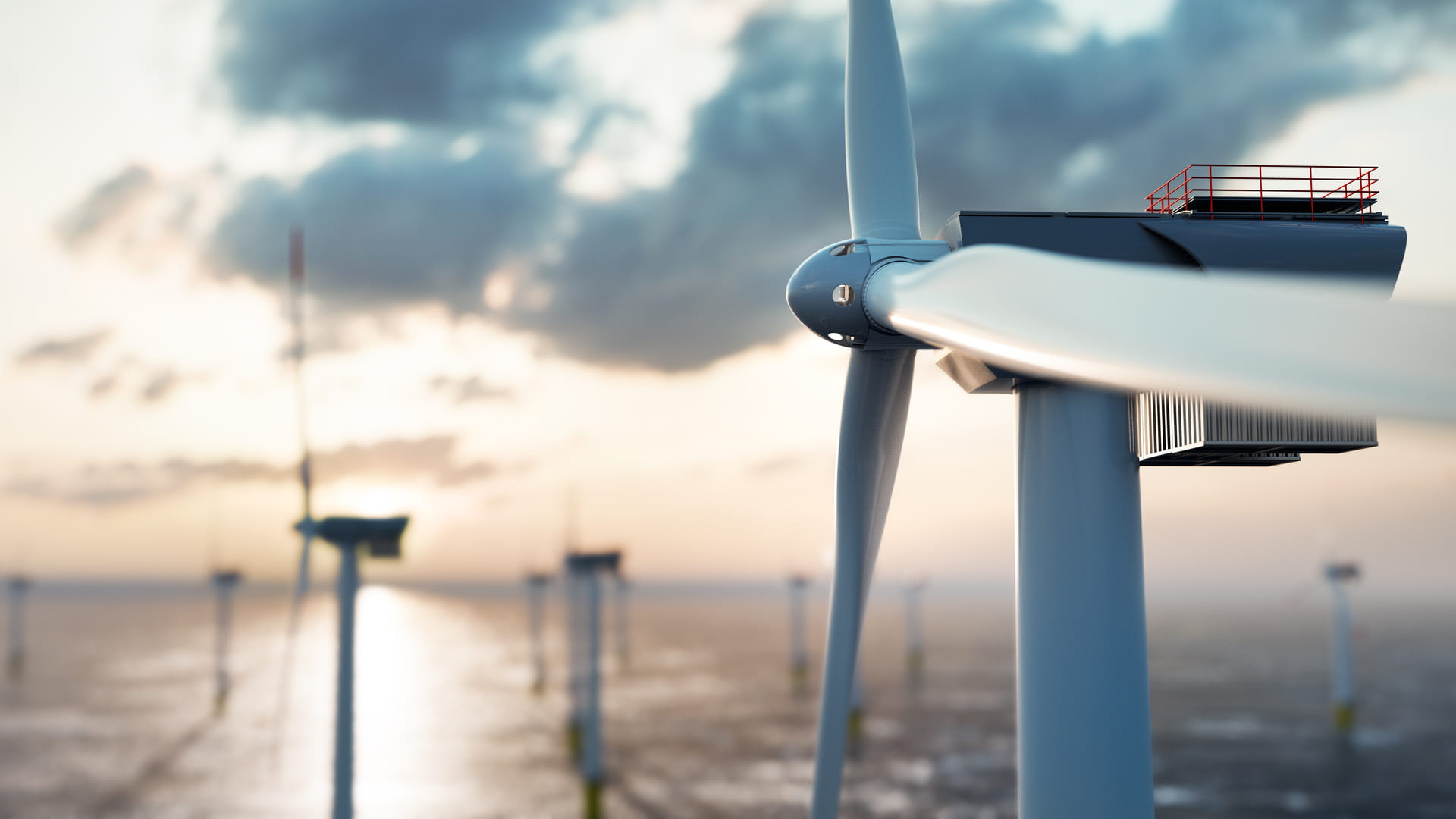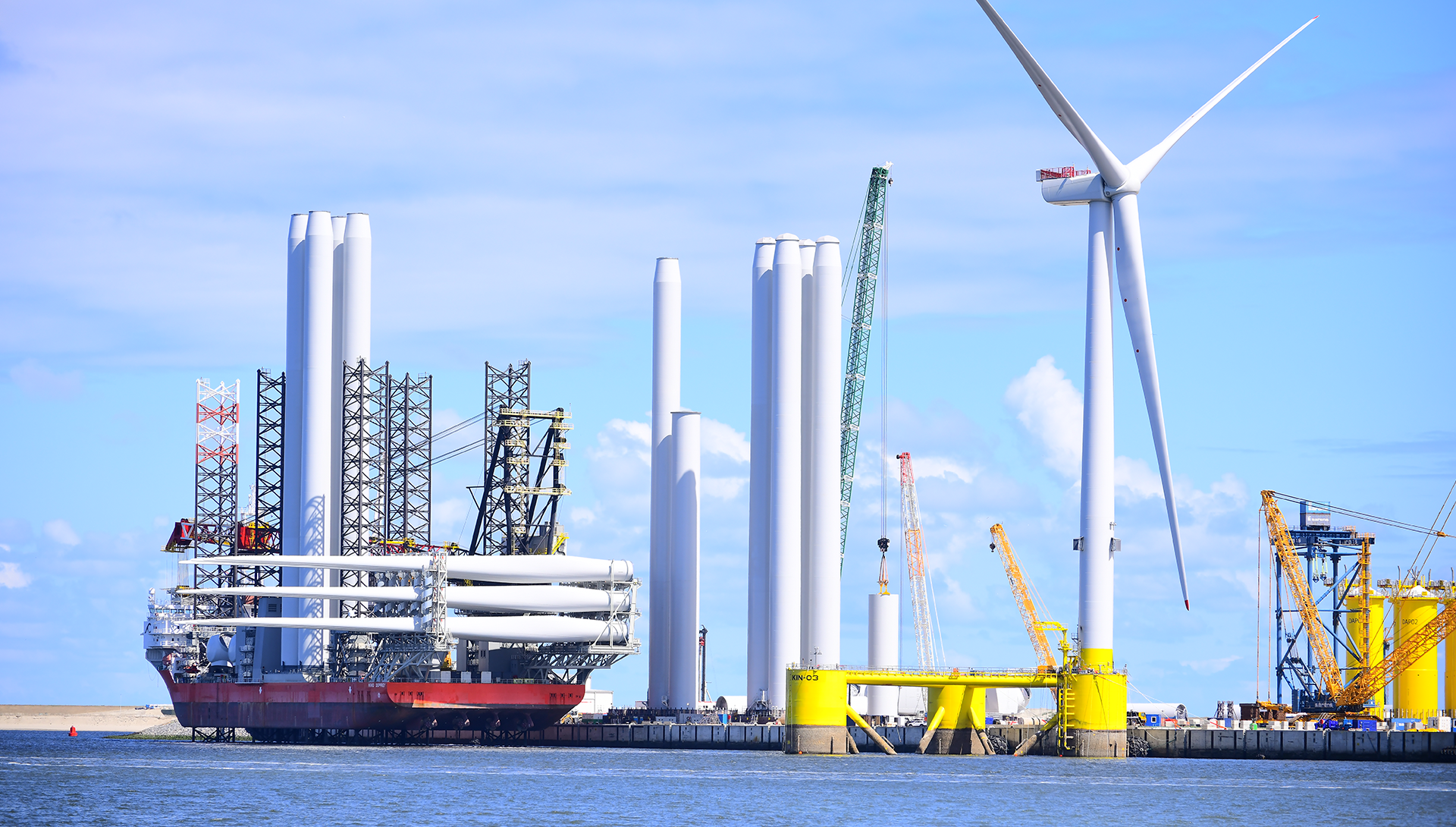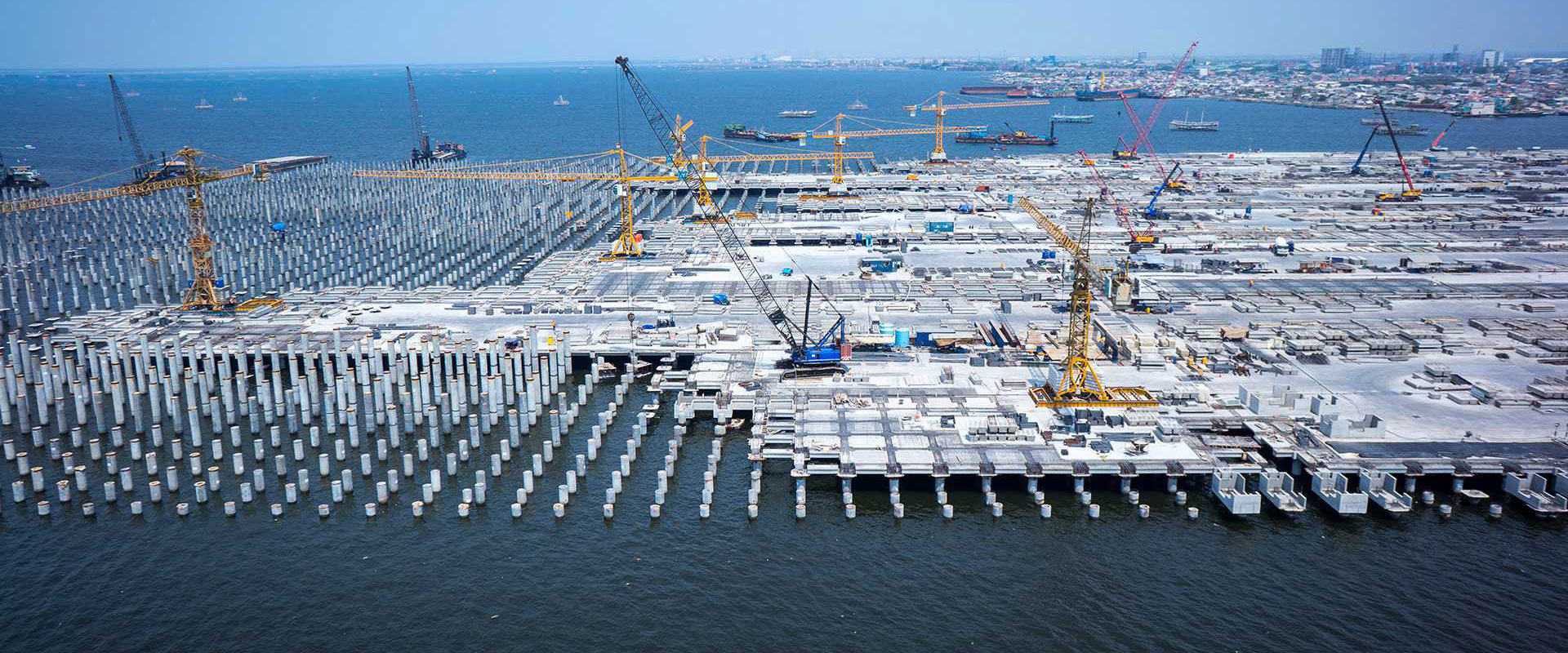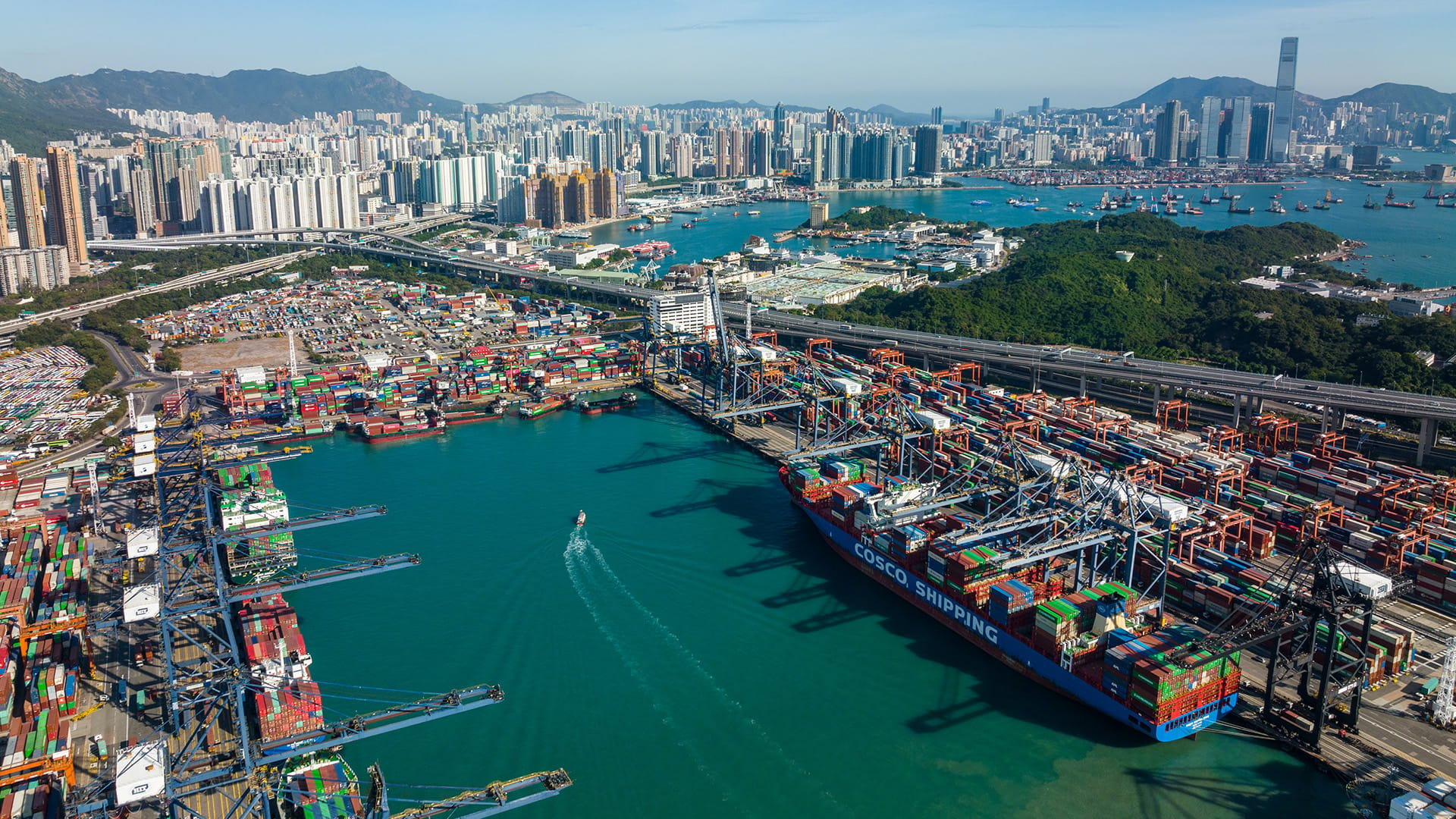Port Infrastructure Roadmap for UK’s Floating Offshore Wind Ambitions

Project facts
- ClientRenewableUK
- LocationUnited Kingdom
- Period2023
- ChallengeInsufficient port infrastructure and supply chain to support industrial-scale floating offshore wind
- SolutionA roadmap to understand how to deliver the UK’s offshore floating wind farm ambitions
Investigating port infrastructure for floating offshore wind farms
The UK is actively seeking ways to achieve net zero by the 2050 deadline and floating offshore wind (FLOW) is one of these options. Although the UK is a major player in offshore wind energy already, it still encounters considerable challenges.
In order to achieve 5GW of floating offshore wind energy by 2030, one of the challenges that must be addressed is the insufficient port infrastructure and supply chain. With over a thousand offshore wind turbines (each one standing at 315metres) needing to be deployed throughout UK waters, the ports and supply chain are not yet ready to support a project of this scale.
We were asked to undergo an investigation and provide support to determine what technologies, infrastructure, and investments are needed to assist the production and maintenance of floating wind farms in the UK at the necessary scale.
Improving UK ports to support FLOW projects
As part of this project, we developed a roadmap to understand what’s needed to deliver the UK’s offshore floating wind farm ambitions. With a thorough analysis of the current port infrastructure and supply chain offerings, we identified a few key areas that required significant improvements to achieve the project ambitions.
We found that currently no port within the UK can handle industrial scale floating offshore wind. Major upgrades are required, including access channel size, landside availability, and crane capacity. The supply chain must also develop strategic manufacturing and production capabilities to ensure efficient and scalable supply. Transforming up to 11 ports around the country to support these new requirements will require a substantial investment.
Our assessment also showed that if we don’t start developing this port infrastructure soon, there will be a major bottleneck in reaching floating offshore wind ambitions.
In addition, we were also able to show a lot of societal benefits, such as a positive impact on gross added value (GVA) and significant increases in employment.
Streamlining the FLOW supply chain and port infrastructure
The report, titled "Industry Roadmap 2040: Building UK Port Infrastructure to Unlock the Floating Wind Opportunity" offers recommendations to the UK Department of Business, Energy and Industrial Strategy. It outlines a comprehensive plan to transform UK ports into centres of innovation and cutting-edge technology.
This project plan outline will play a crucial role in meeting the ambitious FLOW targets and achieving a net zero UK by 2050. It would boost renewable energy production, create economic value, and generate approximately 45,000 new job opportunities and skill development throughout the UK FLOW supply chain.




